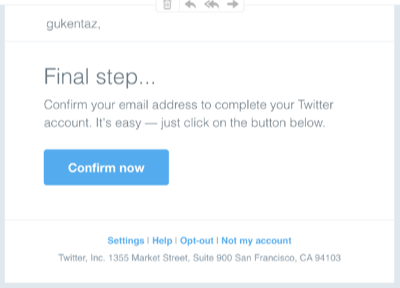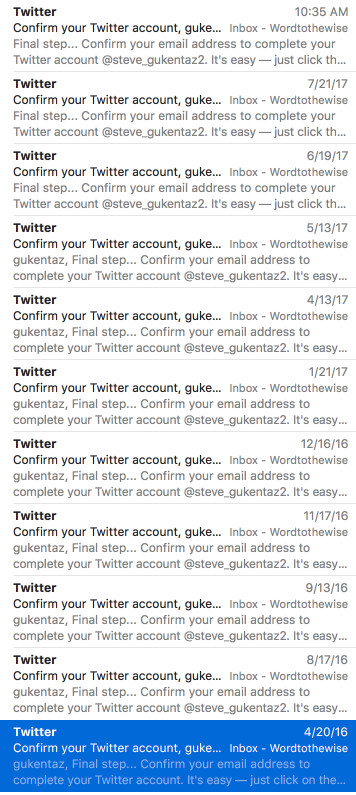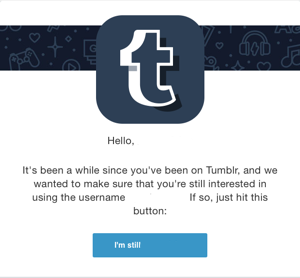One of the biggest arguments against confirmation is that it’s too hard and that there is too much drop off from subscribers. In other words, recipients don’t want to confirm because it’s too much work on their part.
I don’t actually think it’s too much work for recipients. In fact, when a sender has something the recipient wants then they will confirm.
A couple years ago I was troubleshooting a problem. One of my client’s customer was seeing a huge percentage of 550 errors and I was tasked with finding out what they were doing. The first step was identifying the source of the email addresses. Turns out the customer was a Facebook app developer and all the addresses (so he told me) were from users who had installed his apps on Facebook. I did my own tests and couldn’t install any applications without confirming my email address.
Every Facebook user that has installed an application has clicked on an email to confirm they can receive email at the address they supplied Facebook. There are over 1 billion users on Facebook.
Clicking a link isn’t too hard for people who want your content. I hear naysayers who talk about “too hard” and “too much drop off” but what they’re really saying is “what I’m doing isn’t compelling enough for users to go find the confirmation email.”
This isn’t to say everyone who has a high drop off of confirmations is sending poor content. There are some senders that have a lot of fake, poor or otherwise fraudulent addresses entered into their forms. In many cases this is the driving factor for them using COI: to stop people from using their email to harass third parties. Using COI in these cases is a matter of self protection. If they didn’t use COI, they’d have a lot of complaints, traps and delivery problems.
The next time you hear confirmation is too hard, remember that over 1 billion people, including grandparents and the technologically challenged, managed to click that link to confirm their Facebook account. Sure, they wanted what Facebook was offering, but that just tells us that if they want it bad enough they’ll figure out how to confirm.
HT: Spamresource
Read More

